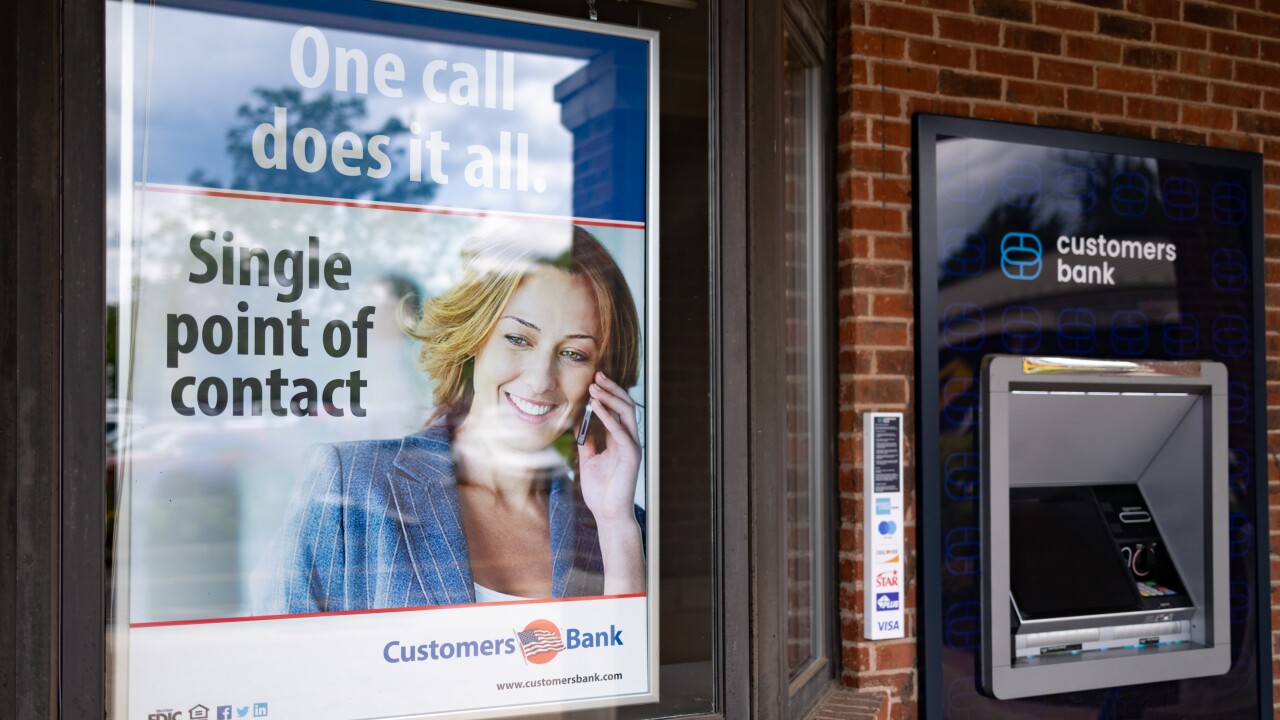
The COVID-19 pandemic was viewed as a catalyst for payments technology, but that was only part of the story.
The larger shift may have been in societal attitudes toward technology itself. The crisis mentality that
In research on the fifth anniversary of the pandemic, Moody's reports more than 80% of adults have a mobile banking or payment account globally, citing data from the World Bank. That's up from 68% in 2017 and 51% in 2011.
Additionally, the rating agency said the emphasis in digital experiences over in-person interactions has outlived the pandemic and is driving how banks, businesses and consumers embrace new technology.
The result is a new flexibility to innovate that could come in handy as banks and payment companies face a new round of
"COVID-19 paved the way for society to learn how to adapt faster," Laurent Birade, senior director and banking industry practice lead at Moody's, told American Banker. "There was a trial by fire. People may have been hesitant to use digital payments, but now they had to because of the pandemic. That changed the overall relationship between people and technology."
As consumers embrace new technology, their demand for more automation is pushing business investment. Fifty-one percent of banks say changing consumer habits in favor of mobile technology is driving their investment in new payment technology, according to
"Some of the push to new tech was driven by necessity," Birade said.
The impact for banks has been a loss of control over payments, Birade said, which will push even more investment in technology from banks. Arizent's research also found a third of banks are boosting payments investment to respond to fintechs and other rivals.
"People realize they don't need a bank to make a payment. Banks had profited for so many years from being a middle man for payments," Birade said.
Even technology that developed largely after 2020, such as generative AI, has gotten a boost due to the pandemic's fallout.
While many banks were initially
Banks that embraced digitization during the pandemic are now "poised to reap larger benefits, emerging leaner, more efficient, and better positioned for both sustained profitability and innovative growth," Moody's said.
"Gen AI is like being able to give a car a constant tune-up. People are more receptive to that than they may have been," Birade said.
Consumer preference for digital payments is also pushing changes in infrastructure.
Jennifer Marriner, executive vice president of Global Acceptance at Mastercard, told American Banker the growing acceptance of mobile technology has aided the migration toward open loop payments at transit systems.
Mastercard is one of the technology providers for the OMNY system in New York, a contactless payment method that will phase out the declining balance closed loop Metrocard system by the end of 2025.
New York is one of several major transit systems that have migrated to open loop payments in the past five years,Marriner said, adding the list includes Tokyo, Beijing and all transportation modes in the Netherlands.
"As a payments geek, I would like to think this adoption would have happened anyway. But the pandemic became sort of a forcing mechanism," Marriner said. "People don't want to carry multiple devices with them."
While some pandemic measures, such as remote schooling and totally remote workforces, have retreated, the jump in digital payments has been sustainable, according to Marriner.
"There was a question of whether people would go back to older methods. But we have seen an acceleration in adoption of new technology," Marriner said, adding Mastercard's contactless payments network has doubled in the past five years.
Bank and payment companies have been updating technology for years, Jordan Sternlieb, senior partner at technology consultancy West Monroe, told American Banker. What's different in recent years is an acceleration in change management, he said.
The pandemic and subsequent crisis of inflation and political uncertainty have created a need to be flexible.
"Real-time payments is a good example," Sternlieb said, noting there was a reluctance to adopt faster payment processing due to concerns about fraud. A need to more manage cash positions in recent years, particularly in B2B payments, has driven growth for real-time processing.
"There were a lot of companies that were used to getting and sending checks, especially small businesses, that now want better treasury management," Sternlieb said.






